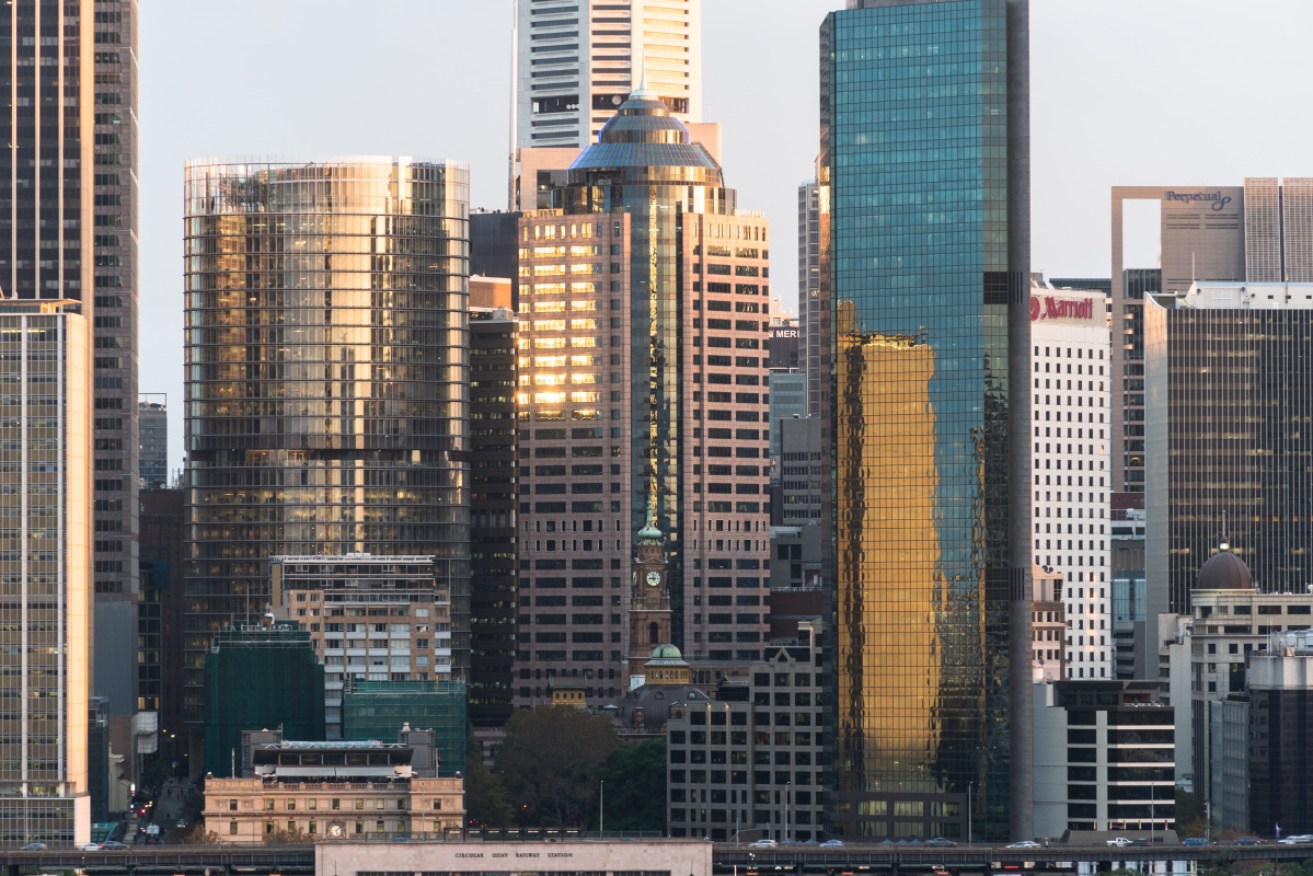High-rise units are ‘real estate’s equivalent of the bubonic plague’, says researcher


High-rise apartment owners are in for a world a pain, according to one buyers agent. Photo: Getty
Owners of high-rise apartments should brace themselves for significant losses, a buyer’s agent and property researcher has claimed.
Propertyology director Simon Pressley is encouraging owners of newly constructed high-rise units to list their properties for sale as soon as possible, after releasing a report claiming buyers of these dwellings had contracted “Australian real estate’s equivalent of the bubonic plague”.
“The Australian construction industry is critically ill, and if you’re the owner of an apartment within a medium-to-high-density building that was constructed within the past 20 years, you’ve contracted Australian real estate’s equivalent of the bubonic plague,” Mr Pressley said.
“There’s no vaccine for this horrible disease and the best treatment is most likely to sell sooner rather than later.”
The report found that Australia’s median house price had increased by 20 percentage points more than the median apartment price in the five years to April 2019.
And Mr Pressley said the current run of building defects and oversupply of identikit units meant this capital-growth differential would “continue to widen for an indefinite period of time”.
The general rule of thumb, he said, was that the capital growth of newly built, high-density apartments would lag at least 20 percentage points behind that of houses over the next five years.
“Based on the historical evidence of the past five years, if you already own one of these properties, and if the market you’re in is likely to experience not much growth at all, you can expect your apartment to shed some considerable value,” Mr Pressley told The New Daily.
“But the bigger concern is the quality of what has been built … there are hundreds of buildings that have brought to the surface these major structural problems – and those that haven’t been reported yet, we suggest it’s only a matter of time.”
High-rise buildings had been built to such a poor standard over the past two decades that there was nothing governments could do to restore public confidence in high-rise towers other than to knock down some buildings, Mr Pressley said.
“You cannot fix the s–t that’s been built in the past 20 years,” he said.
The report singled out apartments in Melbourne and Brisbane CBDs as particularly poor performers.
Median apartment values in Melbourne City and Brisbane City decreased (cumulatively) by 1 and 4 per cent respectively over the five years to April 2019 – during which time median house prices across Greater Melbourne and Brisbane City Council increased by 35 and 24 per cent respectively.
Suburbanite principal and property valuer Anna Porter said the report’s findings weren’t surprising.
She told The New Daily that Ainslie in Canberra, which comprised mostly freestanding houses, saw its median dwelling price rise by 33 per cent in the 12 months to December 2018, but the residential unit market in similar suburbs in the capital had experienced median-price declines of more than 15 per cent.
Oversupply was one of the main reasons behind the significant declines, and population growth would struggle to absorb all the extra stock as many of the units built recently fell short of buyer expectations, Ms Porter said.
“Melbourne has struggled for a long time with the unit market because there has been such a strong supply chain, and because the products are incredibly inappropriate,” Ms Porter said.
“By that, I mean under 40-square-metre bedsits, and there’s not a strong market for that.”
SQM Research managing director Louis Christopher agreed houses typically provided greater capital gains than apartments.
But he said the higher rental returns and shared maintenance costs of apartments meant overall returns for houses and units tended to converge over time.
“And in the most recent downturn we had – from 2017 to the first half of this year – units actually outperformed houses in Sydney and Melbourne … it was negative capital growth, of course, but houses fell further than units,” Mr Christopher said.
Propertyology’s report comes amid heightened public scrutiny into the quality of newly built units, after a series of high-profile evacuations in Sydney, and reports of cracking sounds in Melbourne’s tallest tower.
Beyond the high-rise sector, though, green shoots have emerged.
The Australian Bureau of Statistics revealed new lending to households increased by 1.3 per cent in June, and CoreLogic data demonstrated two consecutive months of price increases in June and July.
Analysts attributed the turnaround to the Coalition’s surprise election victory, the Reserve Bank’s rate cuts, and the easing of mortgage serviceability rules. But many have said prices wouldn’t soar any time soon.










